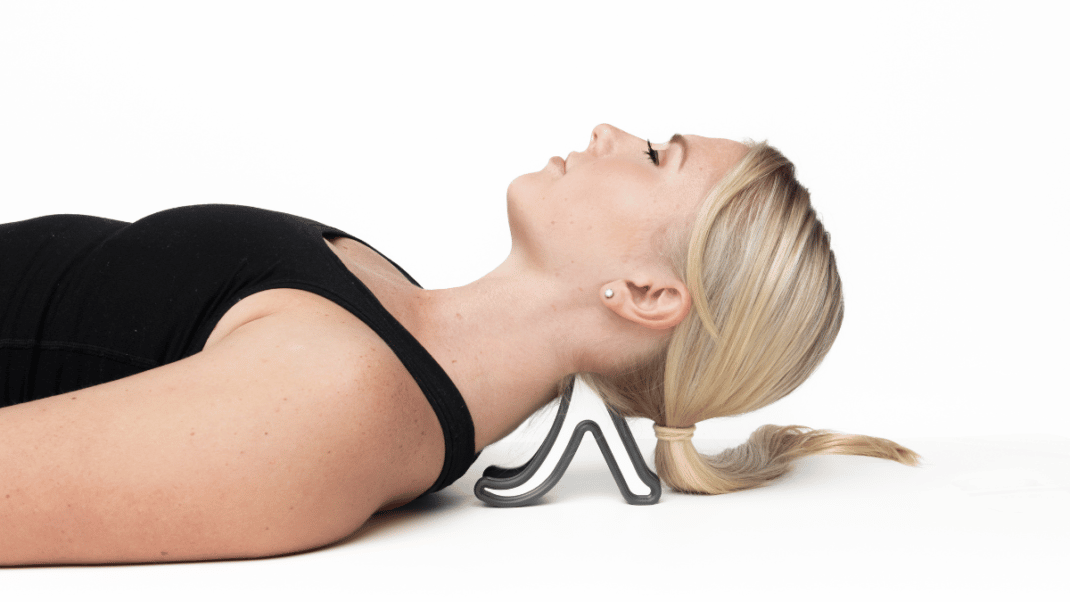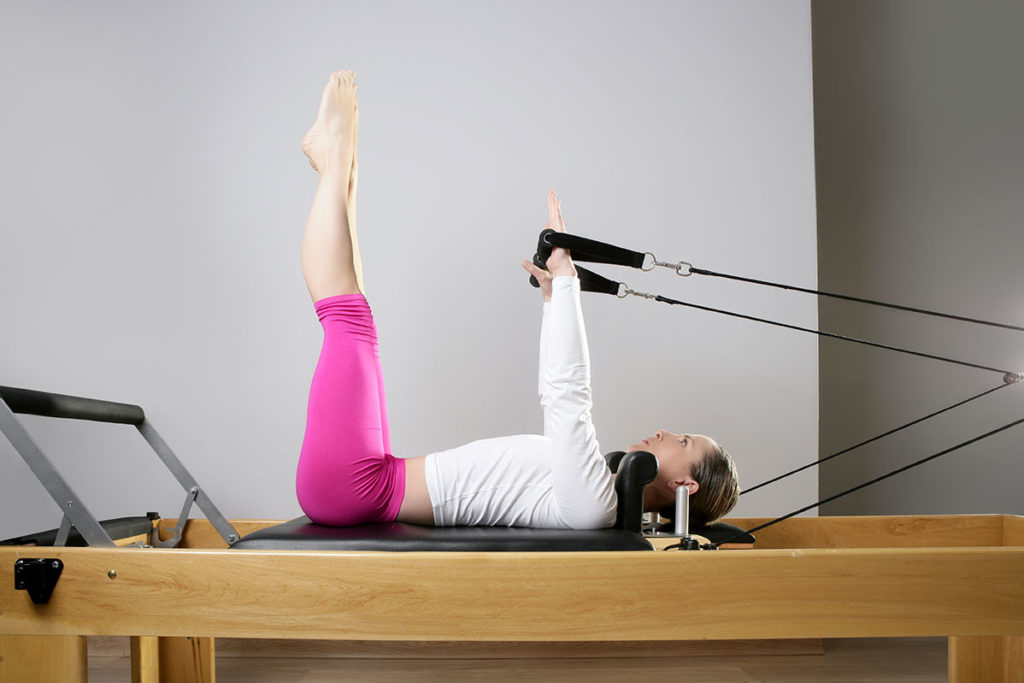Good Posture: Benefits & Exercises

Good posture—or structural alignment—is a key element in any exerciser’s program. As personal trainers and group exercise instructors, we constantly remind clients and students to maintain good alignment in order to minimize stress on tendons, joints and ligaments. And our clients do an excellent job of perfecting form under scrutiny—but as soon as their training sessions end, posture falls apart.
Just as we promote other healthy behaviors—like getting enough sleep, eating vegetables and drinking water—we need to encourage clients to mind their posture during nontraining hours.
But how do we do that?
Abstract concepts like injury prevention motivate some people to change, but not everyone. So maybe we try a different angle and tell clients all the ways better posture can have a significant and even instant impact on quality of life. Might they pay more attention to good posture if they realized it could improve their jobs, verbal communication, self‐confidence, mood or even bedroom relations?
Let’s look at some of the research on this topic so you can prove to clients that minding their posture will have an immediate payoff. Included are simple exercises for improving posture, plus tools (see the sidebar) to remind clients to sit up straight throughout the day.
Why Posture Matters
The research shows we gain a lot by practicing good alignment. Here are several ways posture can have a huge impact on quality of life.
Mood Booster or Buster
Just looking at somebody’s alignment gives a clue on how the person is feeling. For example, someone whose head is drooped could be feeling sad or depressed. In effect, mood dictates the alignment. But researchers have shown the reverse is true as well: Alignment can dictate mood.
A few decades ago, 109 undergraduate students participated in four studies to determine how body alignment might influence mood. In the first two studies, some students were asked to slouch their shoulders while others sat upright. Each student then completed a “standard learned helplessness task.” The researchers found that the slouched group was more prone to developing feelings of helplessness compared with their nonslouched peers. In the third study, participants assessed others’ postures and assigned perceptions of depression to those who appeared hunched‐over versus those in upright positions. The final study placed one group of subjects in hunched, threatened postures and another group in relaxed positions. The hunched individuals reported higher stress levels than the relaxed group (Riskind & Gotay 1982).
Energy Drain
Researchers from San Francisco State University and Kaohsiung Medical University in Taiwan hypothesized that structural alignment could cause feelings of energy depletion. They recruited 100 students around age 24 to complete a series of protocols. The students rated their energy levels and then either walked in a slouched fashion or skipped down a hallway. After 2–3 minutes, the students rated their subjective energy levels; then they went down the hall the other way and rated their energy again. All subjects reported a drop in energy levels after slouched walking and an increase in energy after skipping. Participants also answered a questionnaire about their general depression levels. Those who were typically more depressed reported far lower energy levels after slouched walking than those who were typically not depressed (Peper & Lin 2012).
Success Builder
Several years ago, Harvard Business School social psychologist Amy Cuddy, PhD, gave a TED Talk in which she popularized the concept of the “power pose.” Her presentation, which boasts more than 40.7 million YouTube views (as of this posting), encourages people to hold a “posture of confidence” for 1–2 minutes before an important social interaction—even when they lack confidence. Cuddy says such a pose can influence testosterone and cortisone levels and may enhance a person’s success potential. She believes a powerful pose elicits perceptions of success and strength, while a meek one has the opposite effect.
Practicing a power pose before a job interview, for example, boosts a person’s odds of getting hired, according to her research (Cuddy, Wilmuth & Carney 2012).
Breath Booster
Posture has a big impact on breathing capacity, and it’s easy to prove it to clients by having them do a few simple exercises. I cue clients to maintain an upright position and then inhale as fully as possible. I then have them go into a kyphotic (hunched‐over) position and inhale again. Perhaps this isn’t a groundbreaking insight for fitness pros, but I almost always see epiphanies when clients experience how poor alignment limits their oxygen intake.
Confidence Builder
We’ve already discussed how a strong, confident posture can affect how others see us, but can it alter how we see ourselves? Researchers from Ohio State University and the Autonomous University of Madrid believe it can. To test their theory, they asked 71 students to write down their best and worst attributes while in a slumped or an upright position. The students then completed other tests requiring postural changes and self‐evaluations. For example, participants rated themselves on their work experience and qualifications in a job‐seeker scenario. Almost always, the slouched subjects rated themselves lower and expressed less confidence than the upright ones (Bri├▒ol, Petty & Wagner 2009).
Simple Exercises to Improve Posture
Posture can influence a person’s day—for better or worse—in all kinds of ways. These five easy‐to‐implement, equipment‐free exercises can help your clients achieve an instant postural adjustment. The moves can be done seated, but standing yields the best results.
Pectoral Massage
Anterior‐chain muscle tightness can make it difficult to perform shoulder blade retraction and depression. One way to overcome this is to increase tissue mobility through self-massage.
Begin by rolling the shoulders back and down. Make a fist with the right hand and gently press the knuckles into the medial aspect of the left pectoral muscle. Place the palm of the left hand on top of the fist for added pressure. In a slow motion, drive the knuckles across the muscle toward the shoulder joint. Lift the hand, returning it to the starting position, and repeat.
See also: The Big Payoff to Better Posture
Ryan Halvorson
Ryan Halvorson is an award-winning writer and editor, and IDEA's director of event programming.






